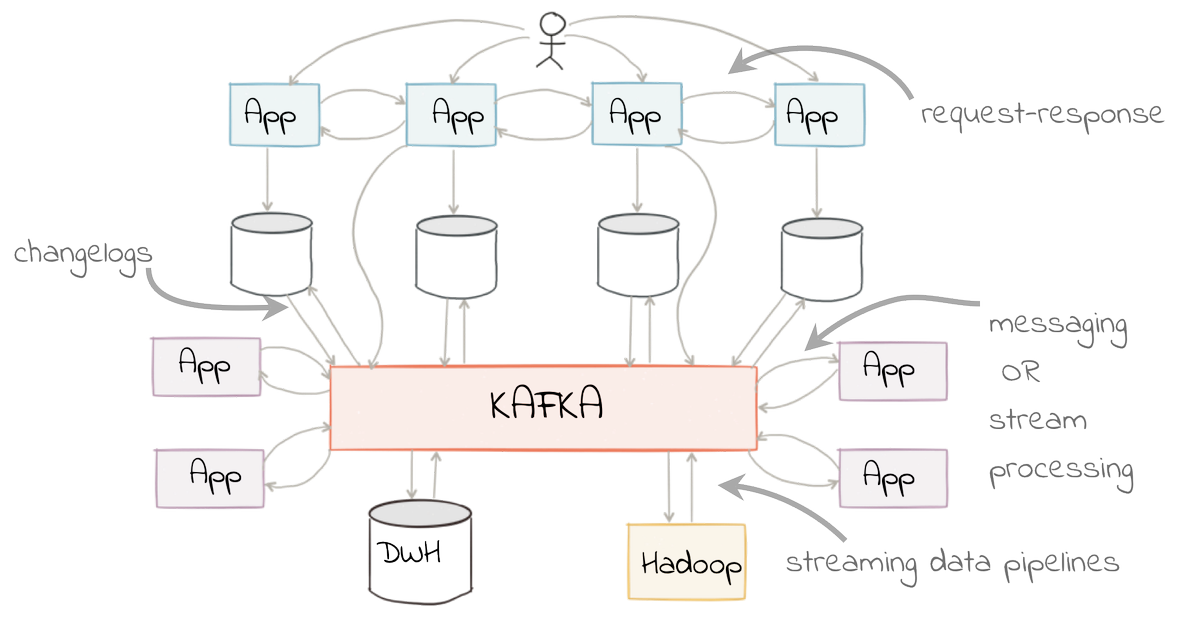
MUMPS is still in use today in systems like Epic and VistA, and stores upwards of 40% of all medical records at hospitals. Trivia fact: some of the earliest electronic medical records (EMRs) used a document oriented database called MUMPS as early as the 1960s, prior to the invention of SQL. MongoDB was the perfect tool and has been exceeding expectations ever since. At the time, we were looking for a technology that could simply cache our data visualization state (stored in JSON) in a database as-is without any destructive normalization. MongoDB is probably the oldest component in our stack besides Javascript, having been in it for over 5 years. As such, we prefer to use document oriented databases. none of it fits into a traditional SQL database particularly well. Unstructured text data from PDFs, image data from radiographs, phylogenetic trees and cladograms, network graphs, streaming ECG data. In the field of bioinformatics, we regularly work with hierarchical and unstructured document data. If you need more capabilities than I'd consider Redis and use it for all sorts of other things such as a cache. In my taste, you should go with a minialistic approach and try to avoid either of them if you can, especially if your architecture does not fall nicely into event sourcing. Kafka nowadays is much more than a distributed message broker. But also note that Redis is not a pure message broker (at time of writing) but more of a general purpose in-memory key-value store. I have a good past experience in terms of manageability/devops of the above options with Kafka and Redis, not so much with RabbitMQ. Do you need Pub/Sub or Push/Pull? Is queuing of messages enough or would you need querying or filtering of messages before consumption? Also, someone would have to manage these brokers (unless using managed, cloud provider based solution), automate their deployment, someone would need to take care of backups, clustering if needed, disaster recovery, etc. Why are you considering event-sourcing architecture using Message Brokers such as the above? Won't a simple REST service based arch suffice? Read about CQRS and the problems it entails (state vs command impedance for example). I think something is missing here and you should consider answering it to yourself. Here's a link to Kafka's open source repository on GitHub.Īccording to the StackShare community, Kafka has a broader approval, being mentioned in 509 company stacks & 470 developers stacks compared to Oracle, which is listed in 106 company stacks and 92 developer stacks. Kafka is an open source tool with 12.7K GitHub stars and 6.81K GitHub forks. "High-throughput" is the primary reason why developers consider Kafka over the competitors, whereas "Reliable" was stated as the key factor in picking Oracle. Kafka belongs to "Message Queue" category of the tech stack, while Oracle can be primarily classified under "Databases".

Oracle Database has extended the relational model to an object-relational model, making it possible to store complex business models in a relational database. An RDBMS that implements object-oriented features such as user-defined types, inheritance, and polymorphism is called an object-relational database management system (ORDBMS). What is Oracle? An RDBMS that implements object-oriented features such as user-defined types, inheritance, and polymorphism. It provides the functionality of a messaging system, but with a unique design.

Kafka is a distributed, partitioned, replicated commit log service. What is Kafka? Distributed, fault tolerant, high throughput pub-sub messaging system.

Kafka vs Oracle: What are the differences?


 0 kommentar(er)
0 kommentar(er)
